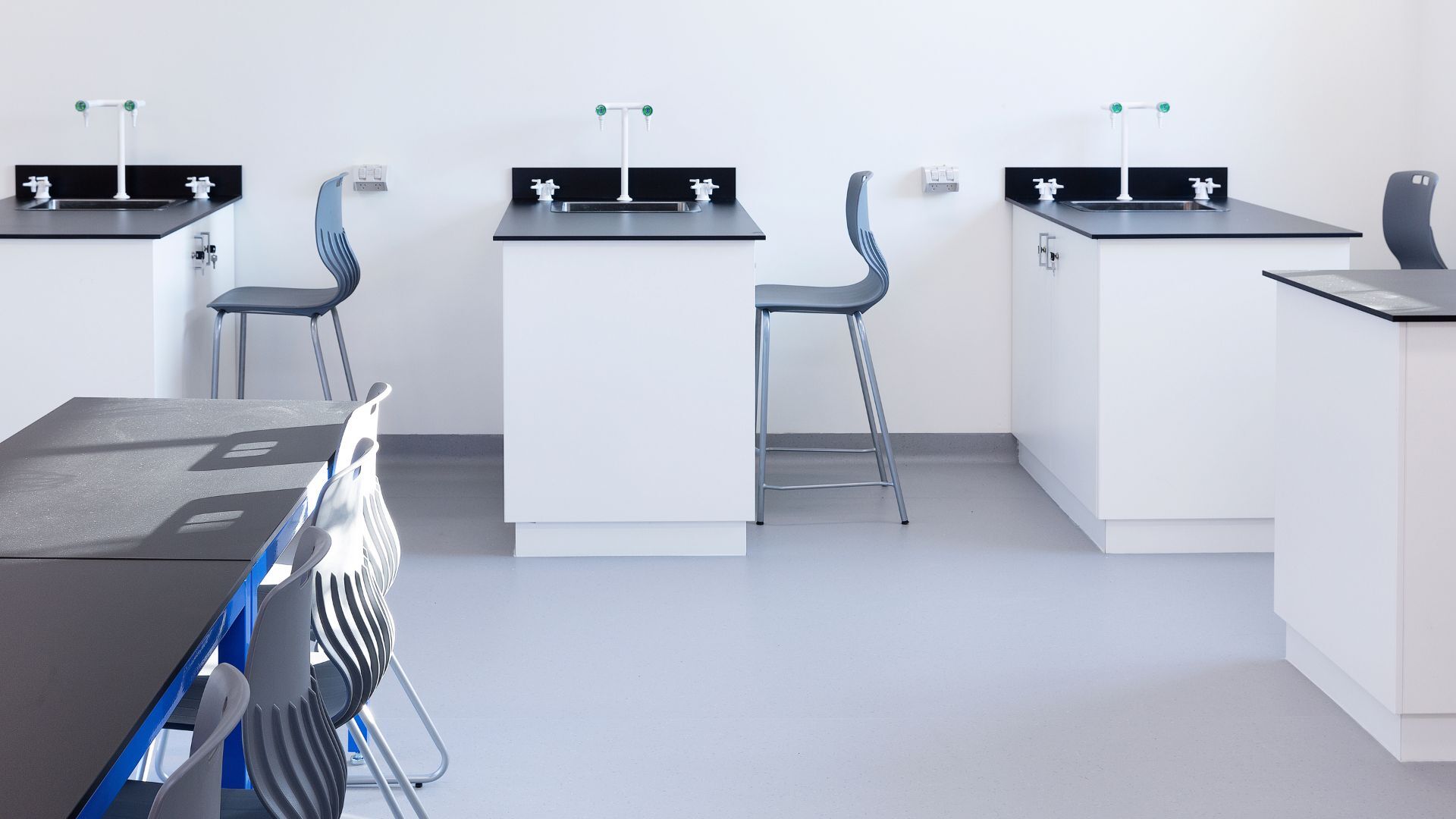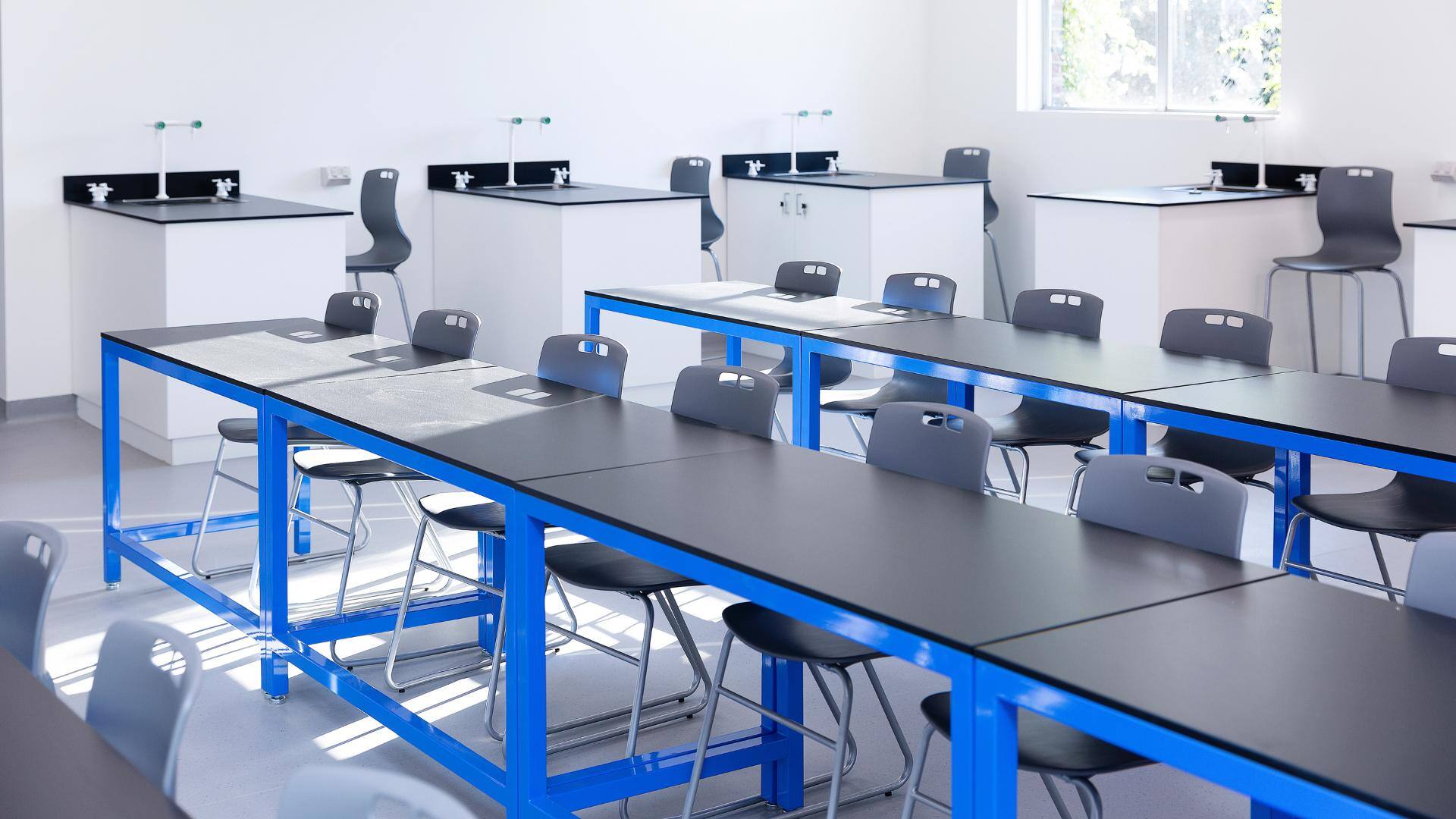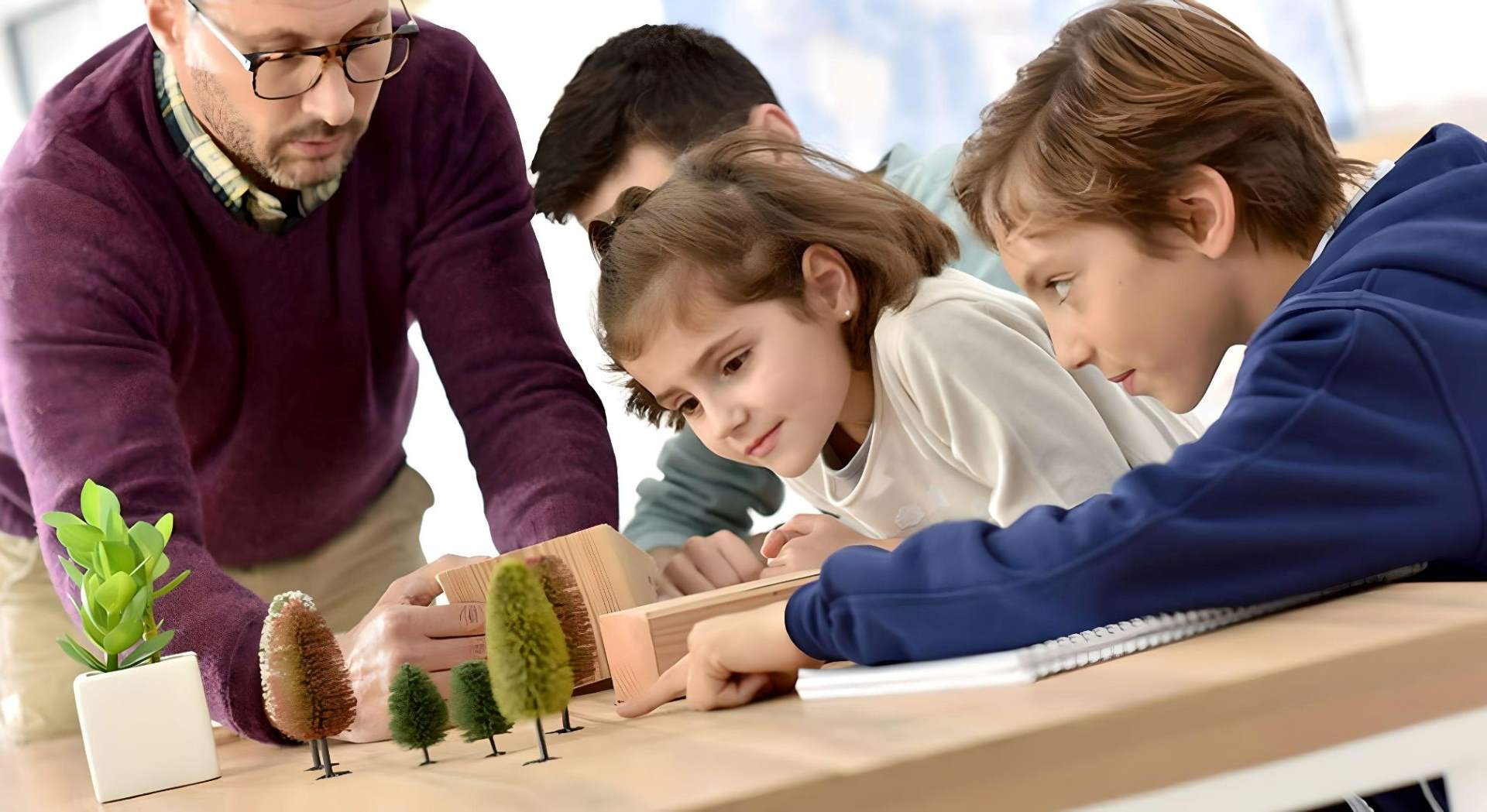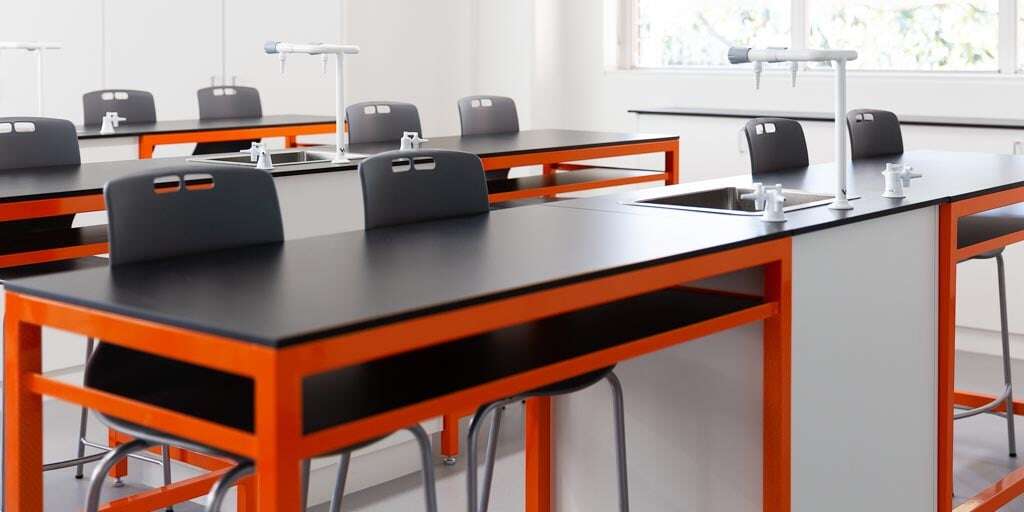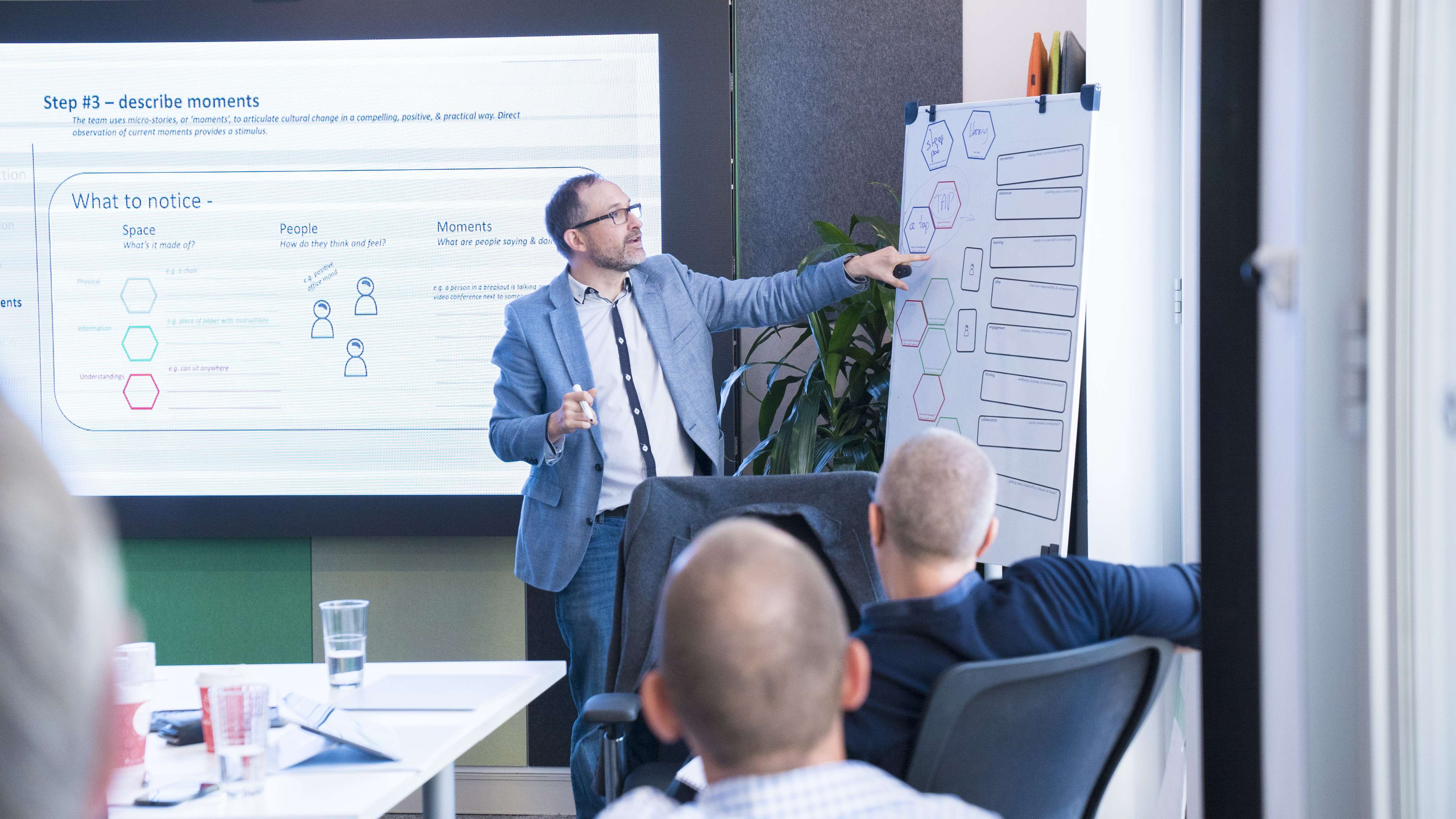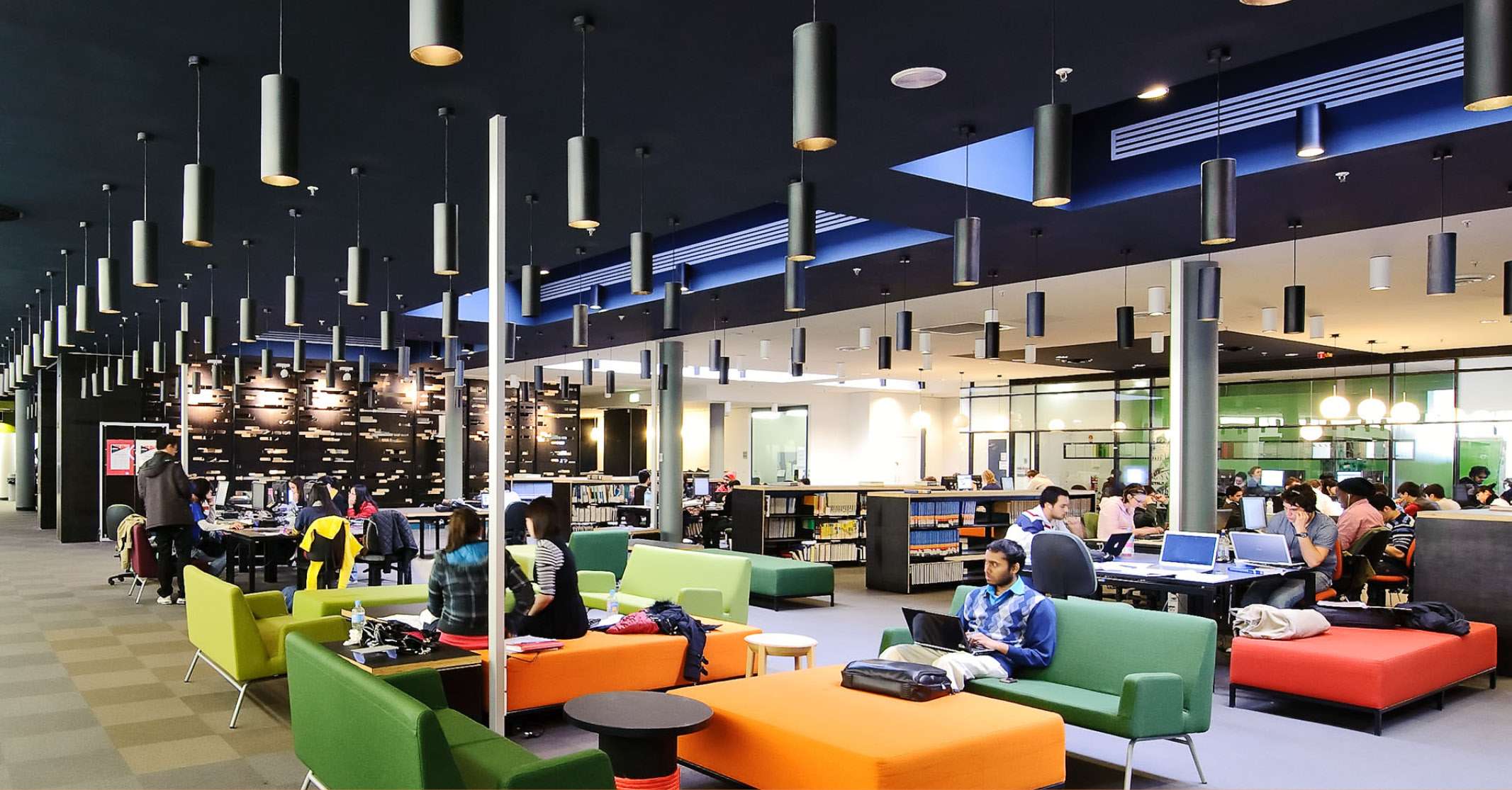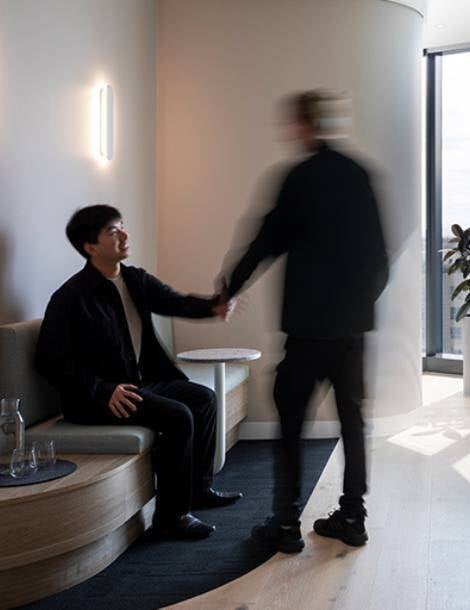Regardless of your age, the design and configuration of your work environment can greatly affect your productivity and mood.
For students, the design of their learning environments can directly impact the ways in which they absorb and retain information. Innovative Learning Environments (ILEs) support a transition from traditional/industrial approaches to teaching and learning.
While direct instruction techniques are effective, ILEs offer a more sophisticated range of learning modes to personalise instruction and meet students' individual needs. This guide explores 7 key learning modes and explains how strategies can be implemented to create engaging and effective learning environments.

Learning Modes are the Key
We define 7 general learning modes that can serve as a diagnostic tool for assessing classroom designs. They can also serve as building blocks for future innovative learning environment design.
These modes can be applied to both physical and virtual environments and provide a practical basis for aligning the learning space with pedagogical approaches.
By considering what learners need in each moment, these modes enable personalised learning experiences that cater to diverse student requirements.

1) Campfire
The Campfire learning mode represents an environment where experts can share their knowledge with a group of learners. This mode aligns with traditional teacher-centred instruction but also allows for peer-to-peer expertise sharing.
Innovative variations include multiple display screens for broadcasting information, grouping students based on specific needs for explicit instruction, and mobile whiteboards that can be used wherever needed. Digital campfires, such as flipped learning and teacher-created instructional videos, also play a role in this mode.
2) Cave
The Cave learning mode offers a quiet and uninterrupted environment where learners can focus on individual tasks or information processing. It is especially important for students with autism or sensory processing disorders.
Innovative variations include creating retreat spaces with glass partitions, dimmed lighting, and acoustic insulation. Soft furnishings can also partially recreate this mode. In the digital realm, headphones and personal blogs serve as digital caves for reflective self-engagement.
3) Watering Hole
The Watering Hole learning mode facilitates collaboration and exchange of ideas among multiple learners.
Innovative variations include mobile desks, protocols that allow students to freely form groups and help each other, and designated areas for group work and informal collaboration. Writeable surfaces, like whiteboards and tables, also create passive watering holes where students can share their thoughts and engage in collaborative learning.
Digital watering holes include various online platforms that enable co-creation, commenting, and real-time collaboration.
4) Mountain Top
The Mountain Top learning mode provides an opportunity for learners to showcase their work and achievements to a larger audience. Traditional examples include student presentations at the front of the class.
Innovative variations include delivering real products or solutions to the local community and creating showcase areas throughout the learning institution. In the digital realm, learners can engage in digital publishing, such as public blogs or articles, to reach a wider audience.
In innovative learning environments, showcase/display spaces can be created anywhere, in or outside the classroom, or even outside the school grounds itself.
5) Maker Space
The Maker Space learning mode allows learners to explore ideas through hands-on activities and tangible creations. It involves a many-to-tools and materials relationship. Traditional examples include cutting and gluing.
Innovative variations encompass a wide range of possibilities, such as practical spaces with maker materials in any classroom setting. Digital maker spaces include tools for video editing, sound mixing, 3D printing, coding, and more.
6) Empty Space
The Empty Space learning mode allows reconfiguration based on evolving and often unpredictable needs and purposes. It allows for movement and autonomy, enabling learners to take ownership of their learning.
Creating empty spaces can be challenging, but approaches include optimising storage space, removing unnecessary furniture, using corridor spaces, and utilising external spaces like libraries. Empty spaces can easily also be digital, e.g., a blank digital canvas such as Mural.
7) Outdoor Space
Outdoor Spaces go beyond traditional classroom boundaries, providing expanded horizons for student engagement. They enable physical movement, fresh air, and nature connection.
Variations include incorporating outdoor activities into any subject, utilising corridors and other spaces, collaborating with other classes, using chalk on concrete surfaces, involving parents and the community, and expanding digital connections beyond the school to the entire world.

Innovative Learning Environments - transforming education
By incorporating elements from these 7 modes, educators can expand the repertoire of possibilities by comparison to traditional classrooms. The campfire mode facilitates expert and peer knowledge sharing, while the cave mode provides a quiet space for focused individual tasks. The watering hole mode encourages collaboration and group work, the mountain top mode showcases student achievements, and the maker space mode promotes hands-on exploration. The empty space mode allows for flexibility and autonomy, while the outdoor space mode expands learning beyond traditional boundaries.
Implementing these innovative approaches can transform education by creating dynamic and inclusive environments that meet the varied requirements of students, both in physical and digital settings.


